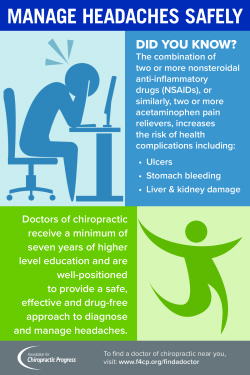What Devices Enable Cold Laser Therapy To Use Light For Advanced Healing, And What Future Breakthroughs Can We Prepare For In Pain Management?
What Devices Enable Cold Laser Therapy To Use Light For Advanced Healing, And What Future Breakthroughs Can We Prepare For In Pain Management?
Blog Article
Content Created By-Toft Ziegler
When considering alternative treatments, cold laser treatment stands out because of its unique approach to healing. By using specific wavelengths of light, it targets mobile features and promotes recuperation in a non-invasive fashion. This technique not just improves ATP production yet likewise help in reducing inflammation and discomfort. As research study remains to unfold, the ramifications for rehabilitation and pain administration could be considerable. What does this mean for future therapy choices?
The Devices of Cold Laser Therapy
Cold laser therapy, also known as low-level laser treatment (LLLT), functions by stimulating cellular function through the application of certain wavelengths of light.
When the laser light permeates your skin, it engages with the mitochondria in your cells, boosting ATP manufacturing. infrared body wrap near me in ATP stimulates your cells, advertising recovery and regeneration.
The light likewise impacts cell membrane layers, improving their permeability and promoting nutrition absorption while expelling toxic substances. Furthermore, cold laser treatment triggers the release of endorphins and minimizes swelling, helping your body respond better to injury.
You'll experience enhanced blood flow as the treatment boosts capillary development, ensuring that oxygen and nutrients reach broken tissues much more successfully.
Comprehending simply click the next web page can help you appreciate its potential in promoting healing.
Prospective Benefits of Cold Laser Therapy
When taking into consideration alternatives for pain relief and healing, you might find cold laser treatment to be an enticing option. This non-invasive technique can help in reducing swelling, reduce pain, and promote cells repair work.
red light therapy near me of people report quicker recuperation times from injuries and surgical procedures after going through cold laser treatment. It's specifically useful for problems like arthritis, tendonitis, and muscle strains.
You may additionally value that it has marginal adverse effects compared to pharmaceuticals. In addition, cold laser treatment can improve blood circulation, which helps in delivering nutrients and oxygen to damaged areas.
Current Research Study and Scientific Applications
As passion in cold laser treatment grows, researchers are exploring its numerous applications and efficiency in clinical setups. You'll locate researches examining its duty suffering administration, injury recovery, and decreasing swelling.
In physical therapy, practitioners utilize cold laser treatment to enhance recuperation in sporting activities injuries, while dentists are locating it useful for treating oral pain and periodontal disorders. Ongoing trials are assessing its possibility in dealing with conditions like arthritis and neuropathy.
These researches intend to develop standardized procedures and does, making certain security and effectiveness. As body detoxification emerges, you might see cold laser therapy ending up being a staple in both rehab and pain monitoring, offering patients a non-invasive alternative that matches conventional treatments.
Final thought
Finally, cold laser therapy offers an encouraging approach to healing by utilizing particular wavelengths of light to increase mobile functions and advertise recovery. With benefits like enhanced blood flow, reduced swelling, and pain relief, it's ending up being a useful alternative for numerous conditions. As study remains to develop standard methods, you can eagerly anticipate higher acceptance of this non-invasive therapy in rehabilitation practices and discomfort monitoring strategies, making it a prospective game-changer for lots of patients.
